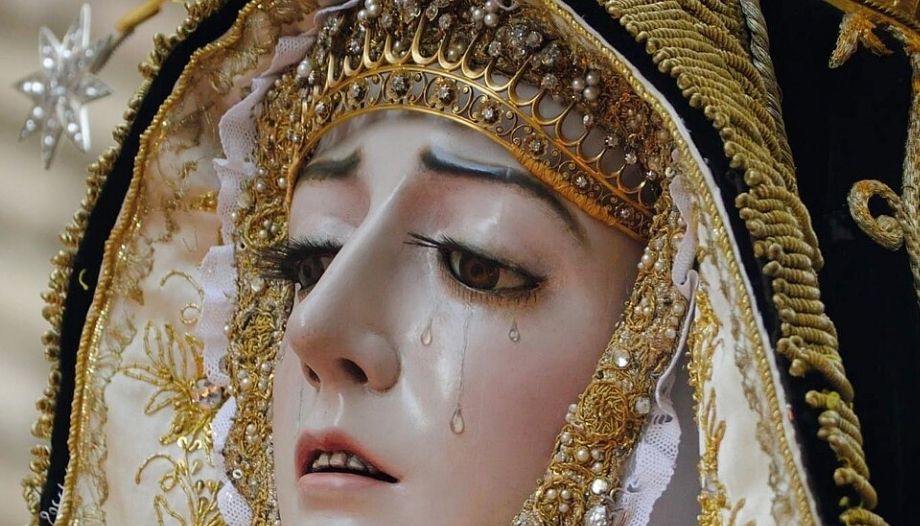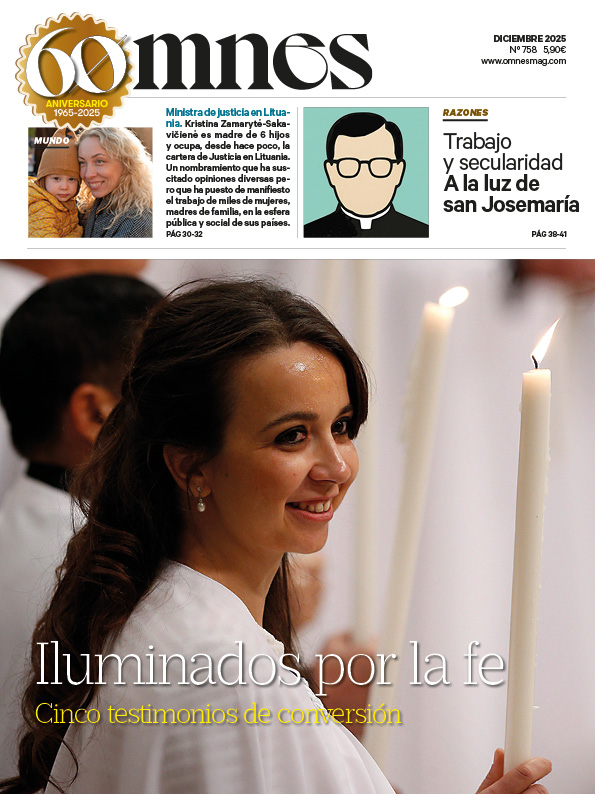Devotion to the Mater Dolorosa, Our Lady of Sorrows, particularly widespread in Mediterranean countries, developed from the end of the 11th century. Pope Pius VII introduced the celebration into the Roman liturgical calendar in 1814. And St. Pius X fixed the date definitively on September 15, passing from the 'Seven Sorrows' to 'Our Lady of Sorrows', he points out. Vatican News.
Testimony to the antiquity of this devotion is the Stabat Mater, attributed to Blessed Jacopone da Todi (1230-1306). The first liturgical celebrations of Mary Sorrowful at the foot of the Cross date back to the 15th century, the Vatican agency explains. It should not be forgotten that in 1233 the Order of the friars 'Servants of Mary' was founded. The Serbites contributed to the spread of devotion to Our Lady of Sorrows.
The feast commemorates the suffering and fortitude of Mary during the Passion and Death of Jesus. The invocation is also known by other names such as La Dolorosa, Virgen de la Amargura and Virgen de la Piedad. In union with the redemptive work of the Son, Mary becomes the Mother who gives birth to every Christian, every disciple of Jesus.
Mary, at the foot of the cross
Referring to this celebration, wrote St. Paul VI: it is "a propitious occasion to relive a decisive moment in the history of salvation. And to venerate, together with the Son exalted on the Cross, the Mother who shares his sorrow. In union with the redemptive work of the Son, Mary becomes the Mother who gives birth to every Christian, to every disciple of Jesus.
Benedict XIV noted in his encyclical 'Deus caritas est' that our Mother "is humble," and a woman of faith, of hope. "A woman who loves," as the book 'Maria'. "The hour of the Mother will come only at the moment of the cross, which will be the true hour of Jesus. Then, when the disciples have fled, she will remain at the foot of the cross".







